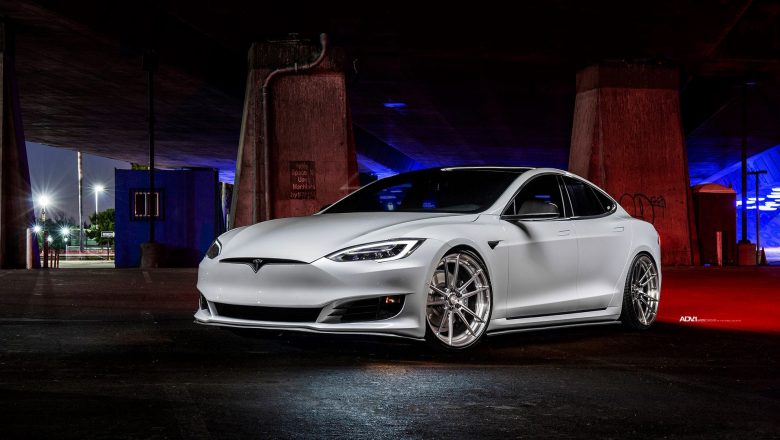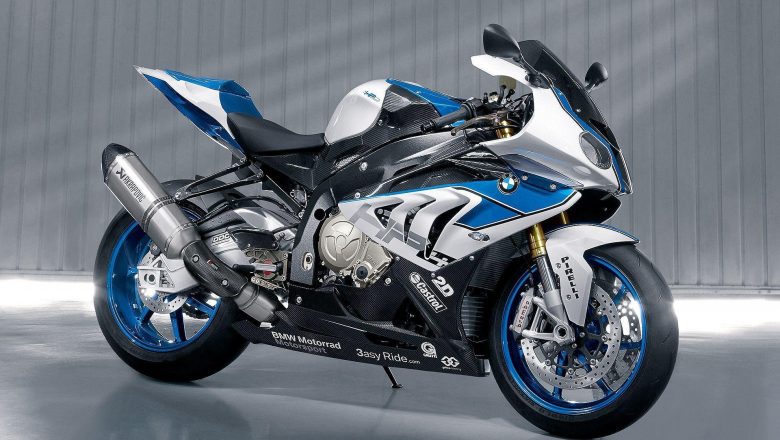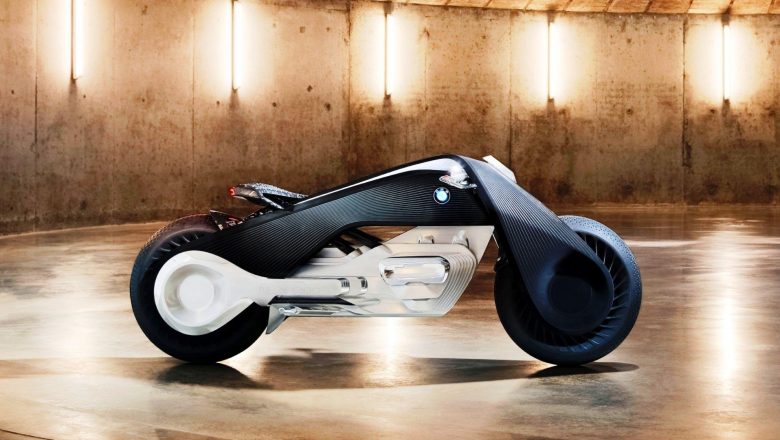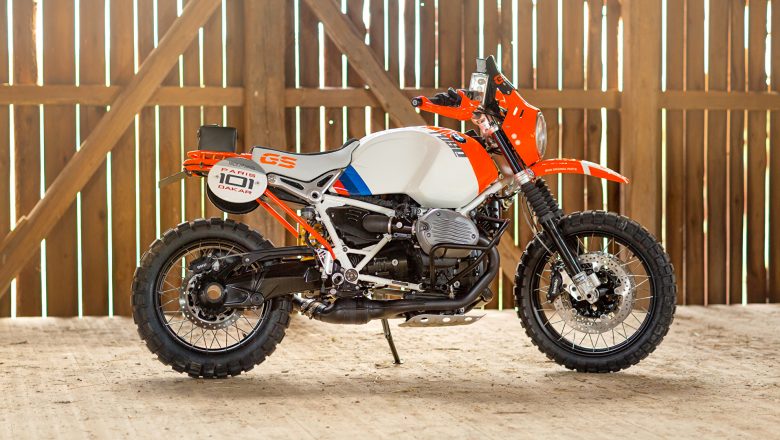
How Do All-Electric Cars Work?
All-electric cars are referred to as battery electric vehicles that have an electric motor in the place of an internal combustion engine. A large traction battery pack is used in the vehicle to power the electric motor, and it must also be plugged into a wall outlet or charging equipment to set the vehicle running. In such vehicles, it is the auxiliary battery that provides electricity to the accessories. The other key components of an all-electric car include a charge port, DC/DC converter, electric traction motor, onboard charger, power electronics controller, thermal system, electric transmission, and a traction battery pack.





